
EYE HEALTH, LIFE & WELLneSS + ENTREPRENEURSHIP
Educational resources on the Blog, YouTube, Podcast, & more
Most recent blog posts
Learn how to prevent and manage childhood myopia (nearsightedness) with expert advice from pediatric ophthalmologist Dr. Rupa Wong. Watch videos, explore tips, and get evidence-based guidance for your child’s eye health.
Learn how to prevent and manage childhood myopia (nearsightedness) with expert advice from pediatric ophthalmologist Dr. Rupa Wong. Watch videos, explore tips, and get evidence-based guidance for your child’s eye health.
Screens can be a lifesaver some days, but too much time on devices can affect kids’ vision, focus, and even sleep. The good news? There are plenty of engaging, screen-free activities that kids actually love. From brain-teasing puzzles to classic card games and creative outlets, here are my favorite options that keep little hands (and minds) busy—without a screen in sight.
As a pediatric ophthalmologist—and a mom—I completely understand the worry that creeps in when it comes to your child’s vision. There’s so much information (and misinformation) floating around, and one question I get asked a lot is:
“Is it true that using a nightlight can cause my child to become nearsighted?”
As an ophthalmologist, I often encounter patients seeking quick fixes for eye issues. One common concern is the stye—a red, tender bump on the eyelid that resembles a pimple. While it might be tempting to treat it like a skin blemish, it's crucial to understand what a stye truly is and how to address it properly.
As a pediatric ophthalmologist and a mom, I’m constantly thinking about how lifestyle choices impact our kids' health—not just their eyes, but their minds and bodies too.
As a pediatric ophthalmologist and a mom, I often notice kids squinting—sometimes it's just a quirky habit, but other times, it can signal an underlying vision problem.
Blue light has been a hot topic in recent years, with many people turning to blue light-blocking glasses to protect their eyes from digital screens. But how much of a concern is blue light from devices? And do these glasses actually work?
As a pediatric ophthalmologist (and a mom!), I get so many questions about screen time and its effects on young kids. We all know screens are part of our everyday lives, but how do they really impact early brain development? A recent study published in JAMA Pediatrics gives us some insight. While this study doesn’t prove that screen time causes brain changes, it does show some interesting connections that we need to pay attention to.
I’m a reformed eye rubber. There, I said it. Nothing felt better to my allergy-prone eyes than a good knuckle rub. It was instant relief—at least, that’s what I told myself. But here’s the truth: eye rubbing, especially when done frequently, can do more harm than good.
And if you’ve ever wondered what it actually looks like when you rub your eyes—spoiler alert—it’s pretty crazy.
Makeup can be a fun and creative way to enhance your features, but when it comes to eye makeup, there are some risks you should be aware of.
As a parent, seeing your child struggle with myopia, commonly known as nearsightedness, can be concerning. Myopia occurs when the eye grows too long from front to back, causing distant objects to appear blurry.
Ever wondered if your child might need glasses? Here are some signs…
Here are some practical pointers I've learned as an eye doctor to smoothly administer eye drops to children without any fuss or kicking.
Have you ever wondered how rare your eye color is? Find out today!
Many kids get nervous for their first eye exam, but with a little preparation, their anxiety can be reduced.
Imagine this - you are going about your normal day and suddenly, your vision begins to change, causing you to feel like you might be going blind.
Most recent podcast episodes
When patients who had LASIK years ago come to me with new cataracts, the first thing they ask is whether that old surgery changes anything now. And the answer is yes—but not in the scary way they imagine. LASIK permanently reshaped their cornea, which means cataract surgery requires a little more nuance, a little more precision, and the right lens choice. It’s one of the reasons I love bringing experts like Dr. Neda Nikpoor into these conversations—because there are fantastic options. You just need to understand how your past eye history shapes your future vision.
Somewhere between caring for my pediatric patients and helping my own parents navigate aging eyes, cataracts stopped being an abstract “later in life” problem and became very real. Sitting down with Priya, who lives in the cataract world every single day, shifted even my perspective as an ophthalmologist. It reminded me that cataract surgery isn’t just a procedure—it’s often the turning point that gives people their confidence, independence, and joy back.
When my dad started having trouble driving at night, he brushed it off the same way every time: “My cataracts aren’t ripe yet.” It wasn’t until I examined him myself that I saw how much he’d been adjusting without noticing — and how that old idea of “waiting” keeps so many people from getting help sooner.
A 38-year-old woman came into my clinic with red, irritated eyes that felt dry no matter what she did. She was using artificial tears every couple of hours, taking omega-3s, and still miserable. When I examined her, I noticed two things — eyeliner right on her waterline and retinol in her eye cream. That combo was quietly damaging the tiny glands that keep her eyes comfortable. As someone who loves makeup myself, I get it. But eye health and beauty don’t have to be at odds — you just need to know what to look out for.
As a mom of three, I get it — my own 11-year-old has a skincare fridge that puts mine to shame. She doesn’t even have a phone, yet she already knows the brands, the routines, and the influencers. It’s wild. But as a doctor, I also know that not everything trending on skincare TikTok is safe for kids’ skin. That’s why I wanted to talk with Dr. Kristina Collins — to separate what’s harmless and even healthy from what’s just hype.
One of the questions I get most often—usually asked in a whisper—is about lash serums. And I get it, it feels trivial. But it’s not. Lash serums are medicated, and they can cause real changes to your eyes. I used them too—and learned the hard way why that matters.
As a mom of three, I see how much screens shape my kids’ world — from homework to friendships to how they relax. But lately, I’ve noticed something deeper: screens aren’t just stealing time; they’re reshaping how kids feel. In this week’s episode of In Focus, I sat down with Michael Jacobus, founder of Reset Summer Camp, to talk about what screen addiction really looks like in teens — and how families can help kids reconnect with the real world again.
As a mom of three and a pediatric ophthalmologist, I’ve seen screen time from both sides — the medical and the emotional. I don’t believe in banning screens, but I do believe in setting thoughtful, science-backed boundaries that help kids learn self-control and protect their vision. In this post, I’m sharing the exact checklist, apps, and daily systems that have made screen time more peaceful (and a lot less guilt-filled) in our home.
There have been moments where I’ve told my kids to turn off their screens and instantly regretted it — not because I didn’t mean it, but because I knew what was coming next: the tears, the frustration, the full emotional unraveling. For a long time, I felt powerless against the pull of screens. But as Dr. Gabie Izralson reminded me, we’re actually the ones in control. Once I reframed that, everything shifted. I stopped seeing screens as the enemy and started seeing them as something we could manage — with structure, communication, and a little more grace for everyone involved.
I see this all the time in my clinic—and in my own home. As both a pediatric ophthalmologist and a mom of three, I know how overwhelming the screen time battles can feel. We all want to protect our kids’ health, but between conflicting studies, endless advice, and the sheer pull of technology, it’s tough to know where to start. That’s why I always turn back to the research and then ask: how do we actually make this doable in real life?
I sat down with Dr. Jesse Berry, director of Ocular Oncology at CHLA, to talk about retinoblastoma—a rare childhood eye cancer that can first appear as a white reflex in photos. We discuss what parents should watch for, how it’s diagnosed, and the treatments that can save not only a child’s vision, but their life.
I see kids every single day who come in for glasses, only to need a stronger prescription year after year. Parents often wonder if the glasses are actually making things worse—and the truth is, in some ways, they can. In this blog, I’m breaking down why nearsightedness progresses, what new research shows about traditional lenses, and the exciting advances in glasses that can actually slow myopia in children.
As a pediatric ophthalmologist and mom, I get asked all the time why my kids don’t wear glasses—even though my husband is very nearsighted. The truth is, I started them on low-dose atropine eye drops years ago, before they ever needed glasses. In this post, I share why I made that decision, the science behind treating “pre-myopia,” and what it’s been like balancing evidence, parenting, and prevention in real life.
As a pediatric ophthalmologist, I see firsthand how quickly nearsightedness can progress in kids—and why it’s about more than just glasses. In this episode, I talk with my friend Shieva Ghofrany, MD, a mom of three and high myope herself, about the real-life challenges of starting myopia treatments for her children and why she made it a non-negotiable. If your child’s prescription keeps increasing, this conversation will help you feel informed and empowered.
As a pediatric ophthalmologist and a mom, one of the questions I get asked most often is why so many kids are nearsighted today. It’s not just a trend—rates of myopia have risen dramatically, and it’s about more than glasses. Early and fast-progressing nearsightedness increases the risk of serious eye conditions like retinal detachment, glaucoma, and macular degeneration. In this post, I break down why we’re seeing this rise, why it matters, and what parents can do to help protect their children’s long-term eye health.
When a child struggles with reading or learning, it’s natural for parents to wonder if it’s an eye problem. But often, the issue isn’t vision at all—it’s how the brain processes and organizes information. Educational therapy, unlike tutoring or vision therapy, focuses on building the underlying skills kids need to succeed: executive functioning, processing, and learning strategies. Early intervention is key, because the sooner children get the right support, the more confident and capable they’ll feel—not just in school, but in life.
As a pediatric ophthalmologist — and a mom — I’ve seen how easily vision problems can be mistaken for inattention, learning differences, or even behavior issues. In this episode, I share my own son’s story and what I’ve learned from nearly two decades of caring for children, so parents and teachers can recognize the subtle vision signs that may be holding a child back in the classroom.
Your child might not tell you they can’t see clearly—because they may not even realize it.
As a pediatric ophthalmologist and a mom, I’ve seen it time and time again: kids adapt. They squint, they compensate, they find workarounds. But those quiet signs? They matter.
Here’s what I want every parent to know about the subtle ways vision problems show up—and how to catch them early.
I’m breaking down why even NICU babies with healthy-looking retinas still need follow-up eye exams. I’ll walk you through common issues like farsightedness, amblyopia, and strabismus—and why that six-month checkup is so important for catching delays in visual development early, when treatment works best.
I sat down with Dr. Amanda Horton, a board-certified OBGYN, to talk about how pregnancy can affect your vision. From dry eyes and light sensitivity to blurry vision, she breaks down what’s normal, what’s not, and why it’s best to avoid LASIK or new glasses during pregnancy and breastfeeding. We also cover the vision changes that could be warning signs of more serious conditions like preeclampsia or gestational diabetes.
In this episode, I’m diving into Retinopathy of Prematurity (ROP)—what it is, how we detect it, and the latest treatment options. I’ll walk you through what parents really need to know, from the importance of follow-up care to the questions you should be asking your baby’s medical team. Early detection makes all the difference when it comes to protecting your child’s vision.
In this episode, I’m joined by Kathryn Whitaker—SiriusXM radio host, podcaster, and fellow NICU mom—as we talk through the emotional and medical rollercoaster of having a premature baby. Kathryn shares her family’s powerful story, including her son’s 14-week NICU stay, and what she learned along the way. It’s a conversation filled with honesty, hope, and real-world advice for anyone walking a similar path.
As a pediatric ophthalmologist and strabismus surgeon, I’m often asked: Does my baby need glasses? In this episode, I break down how vision develops in the first year, key milestones, how we test vision in babies, and when glasses—or a referral—might be needed. Perfect for new parents, pediatricians, or anyone curious about infant vision.
As a pediatric ophthalmologist and mom of three, I break down what every parent should know about nearsightedness, screen time, and protecting your child’s vision. Backed by research and real-life experience, this episode makes kids’ eye health easier to understand—and act on.
Have you ever noticed tiny specks, squiggles, or cobweb-like shadows drifting across your vision? Do they move when you try to focus on them? Are they just annoying, or could they be a sign of something serious?
Do you really need sunglasses in the snow? What about on cloudy days? In today’s episode, Dr. Rupa Wong, ophthalmologist, is sharing why sunglasses are a must in winter—yes, even when the skies are overcast. Snow reflects up to 80% of UV rays, which can double your UV exposure and increase your risk of serious eye damage.
Is screen time harmful for babies? What does the science really say? In this episode of It’s Good to See You: Eye Health, Vision Care & More, Dr. Rupa Wong breaks down the American Academy of Pediatrics (AAP) recommendations, dives into fascinating studies on how screens affect the developing brain, and explores the often-overlooked issue of secondhand screen exposure. You’ll learn:• What the AAP and the American Association for Pediatric Ophthalmology and Strabismus (AAPOS) recommend for screen time.
In this episode of It’s Good to See You: Eye Health, Vision Care & More, Dr. Rupa Wong tackles the most frequently asked questions about amblyopia (lazy eye) and its treatments. Whether you’re a parent trying to keep your toddler engaged during patch time, or curious about the latest alternatives like virtual reality, this episode is packed with evidence-backed answers to help you feel confident in your child’s care.
Have you ever wondered why your eyelid twitches? Is it from too much caffeine, stress, or something more serious? In this episode of It’s Good to See You, Dr. Rupa Wong breaks down the mystery behind eye twitching, also known as myokymia.
The holidays are all about fun, family, and festive activities—but they can also bring hidden risks for your eyes. In this episode of It’s Good to See You: Eye Health, Vision Care & More, Dr. Rupa Wong shares surprising ways the holidays can lead to eye injuries and what you can do to prevent them. From popular toys and sports to sparklers and cooking, learn how to keep your loved ones safe while celebrating.
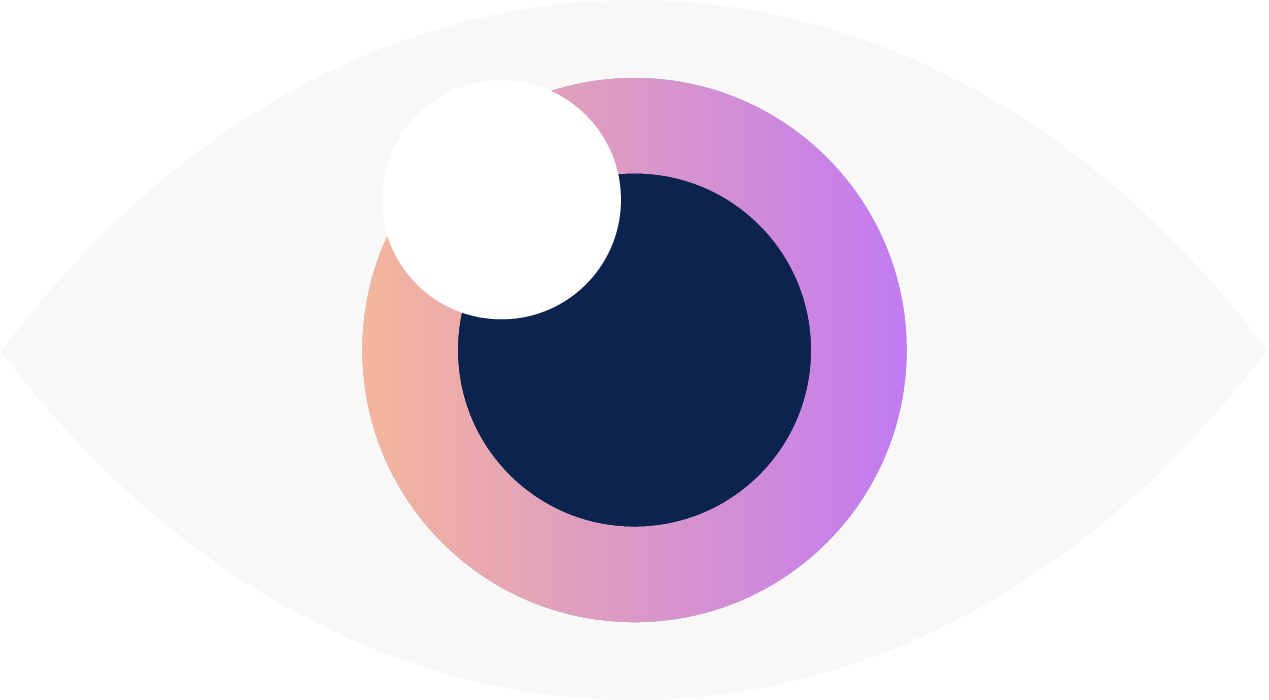









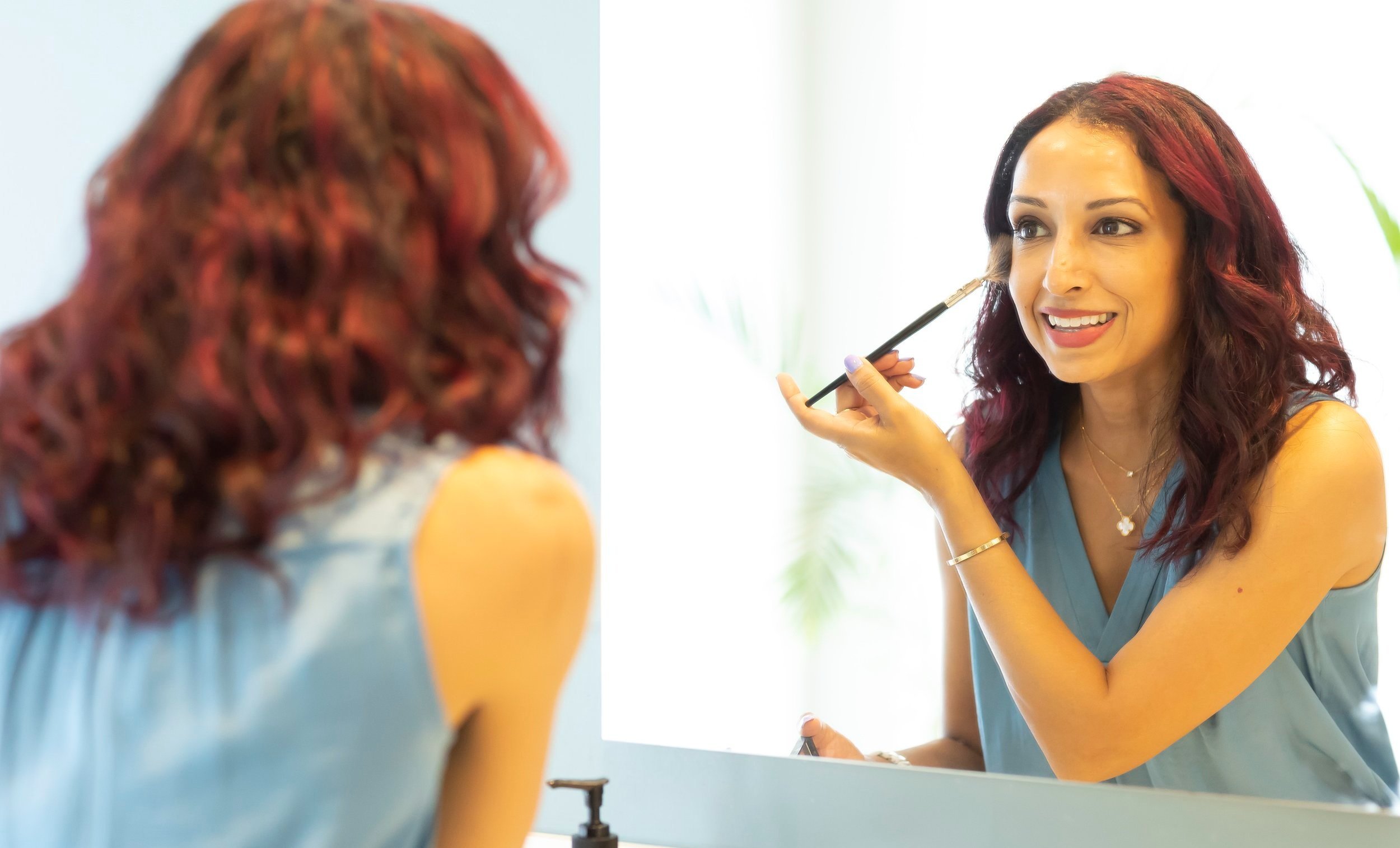



























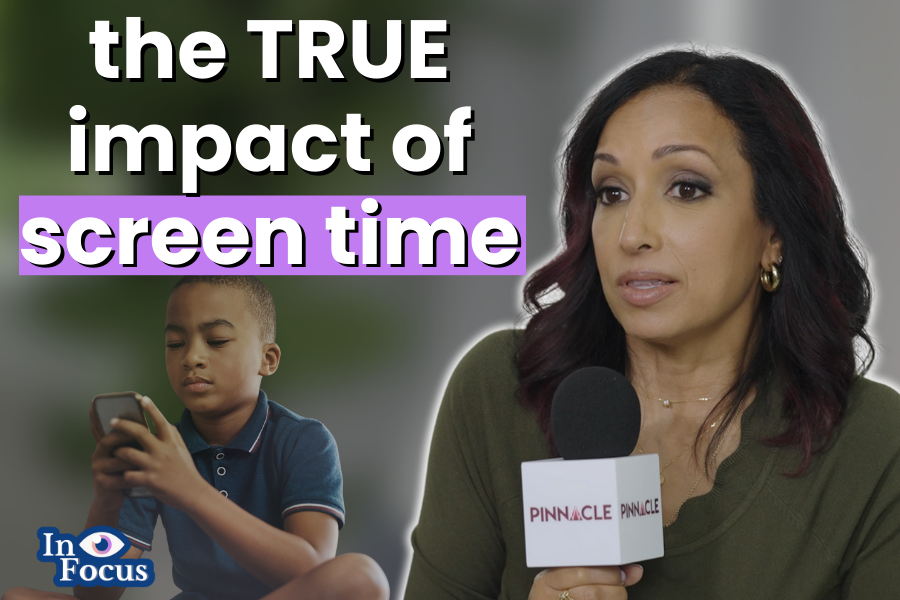
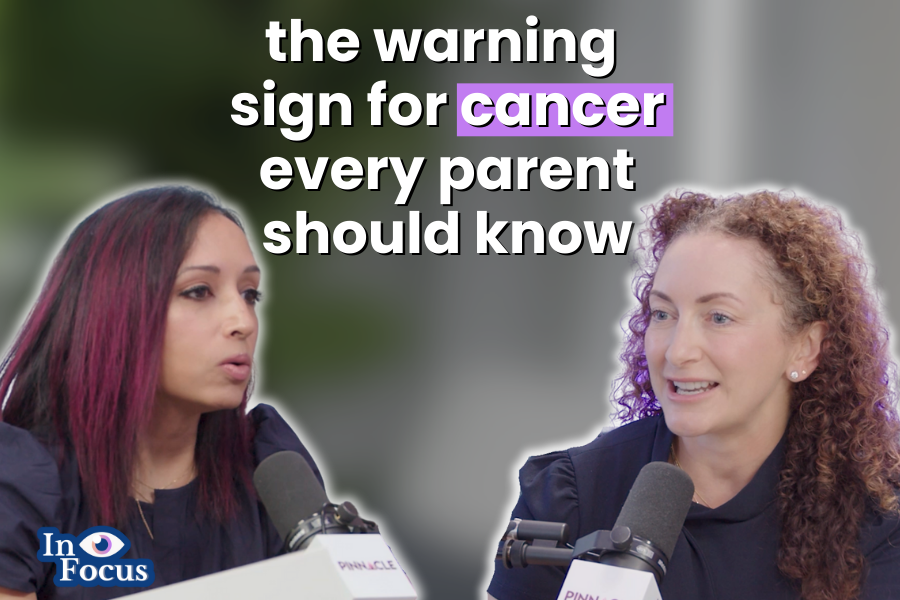
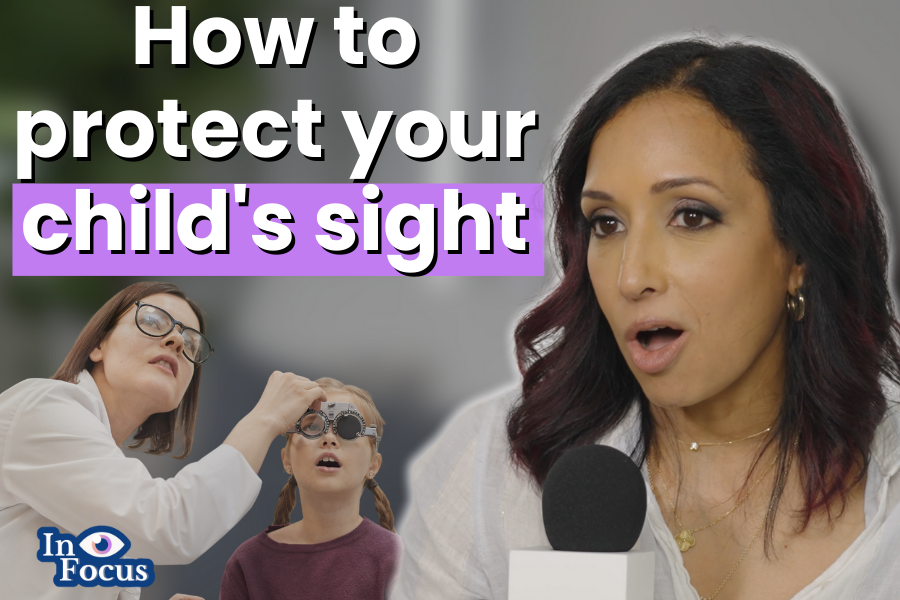
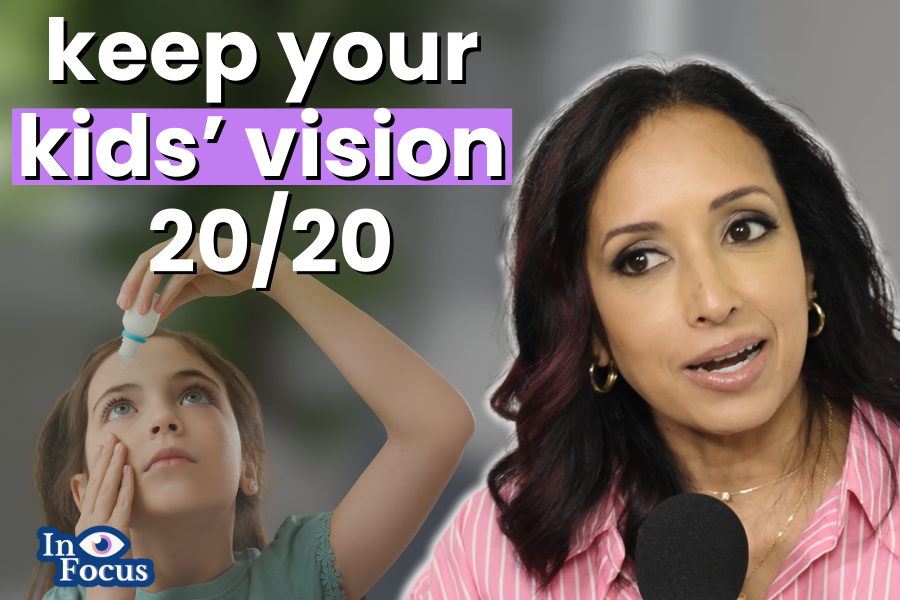
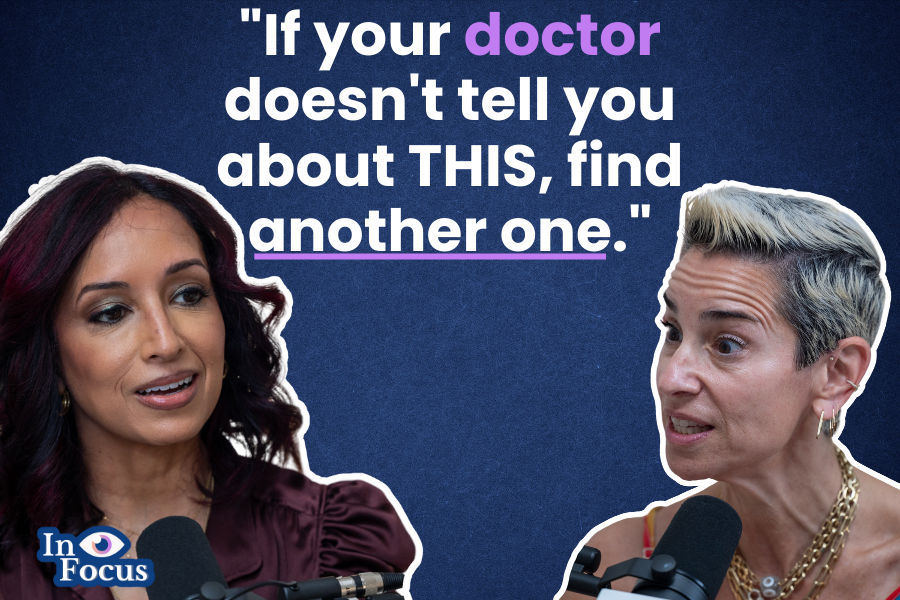
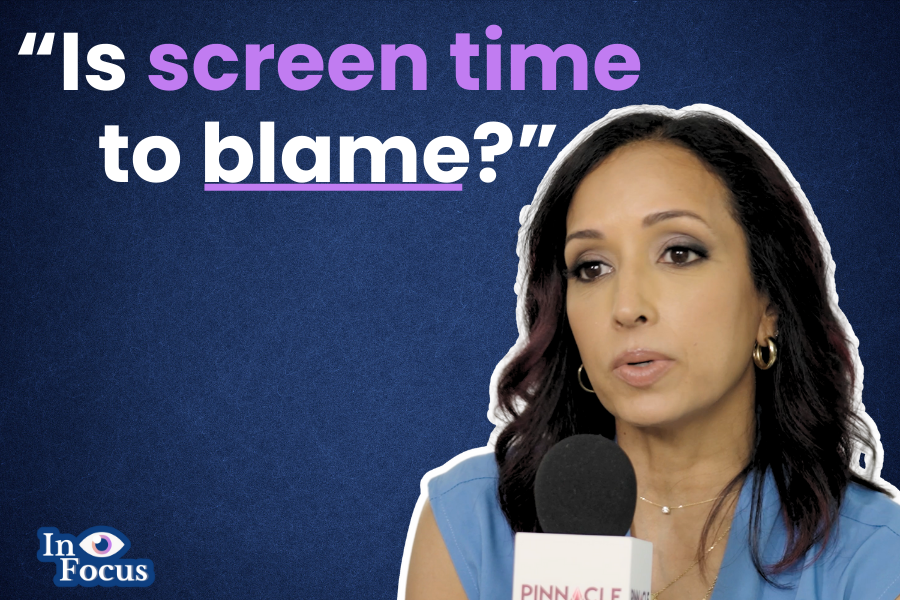
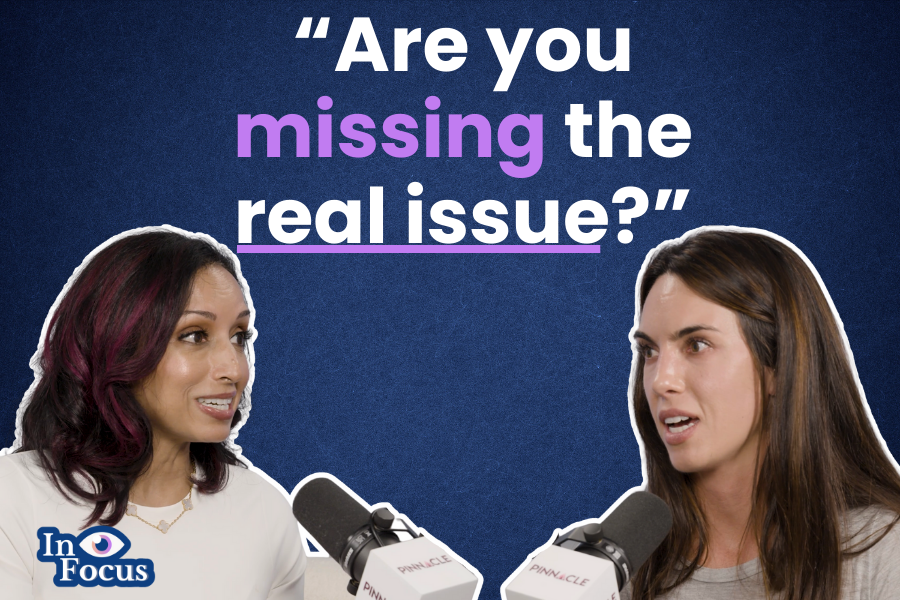

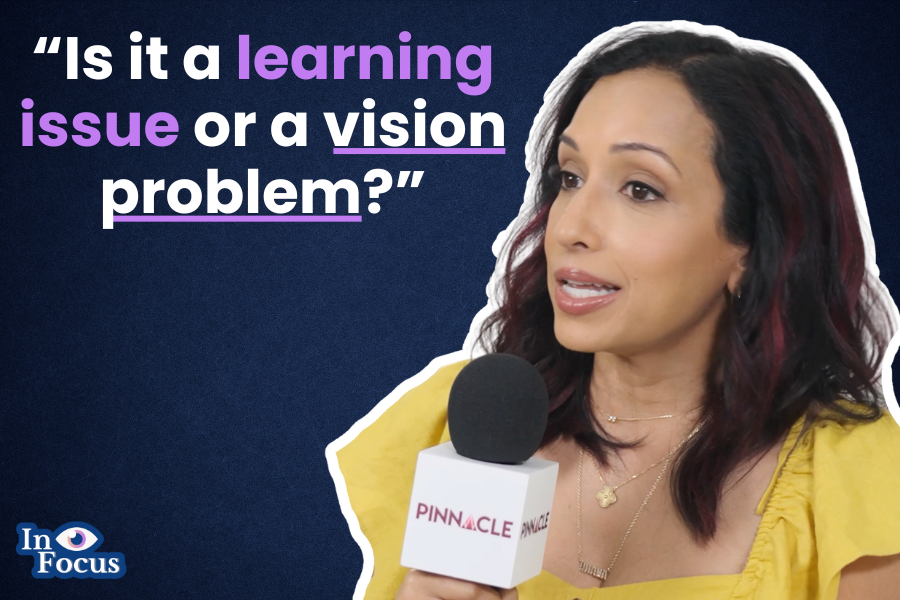
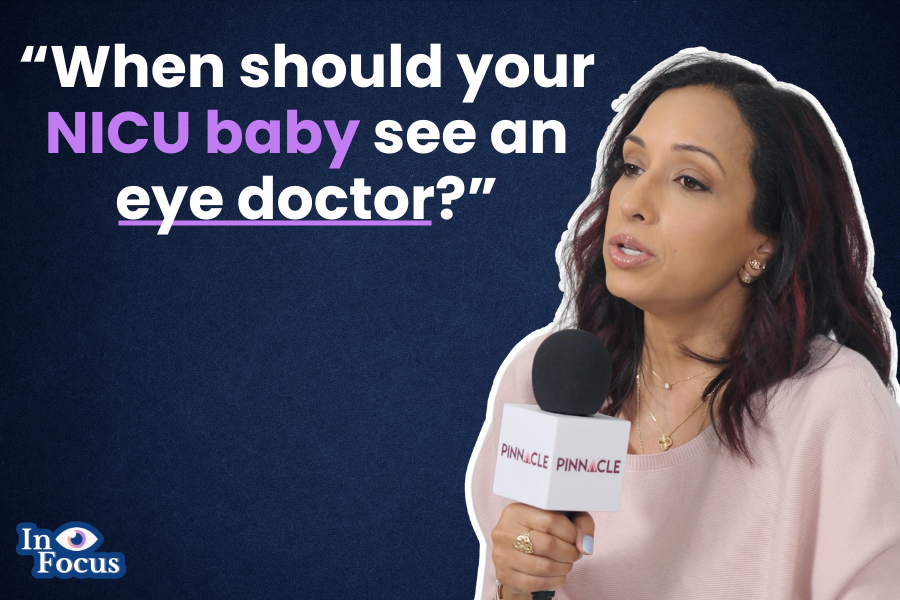
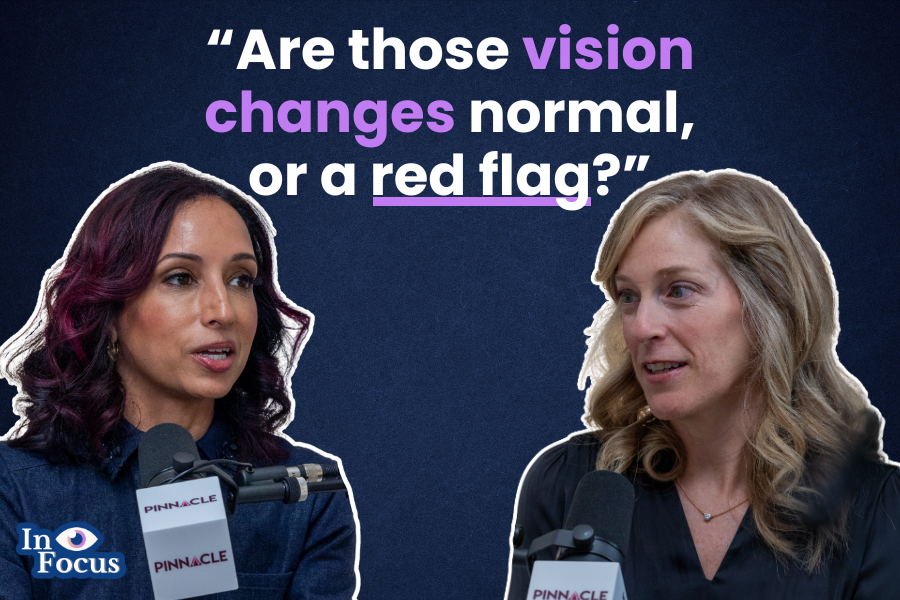
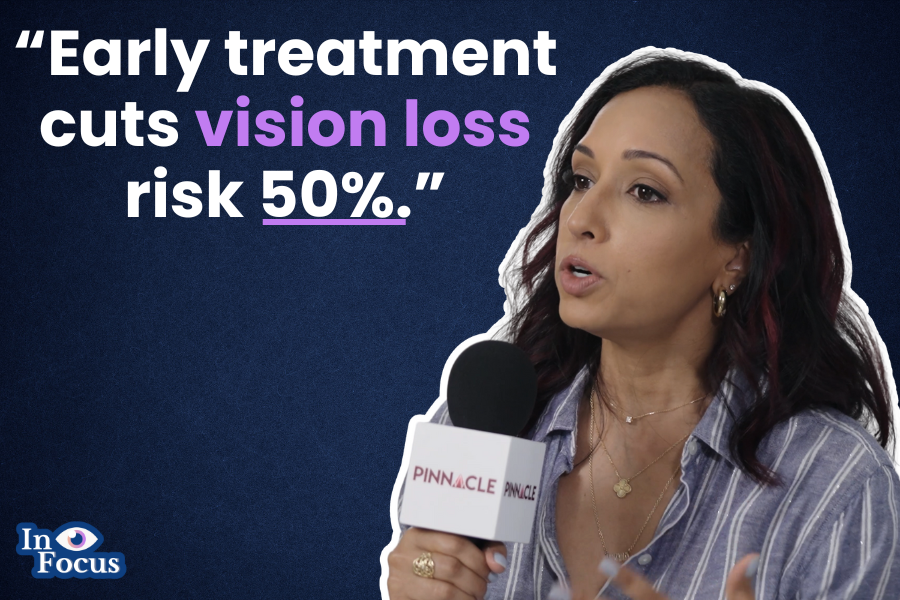
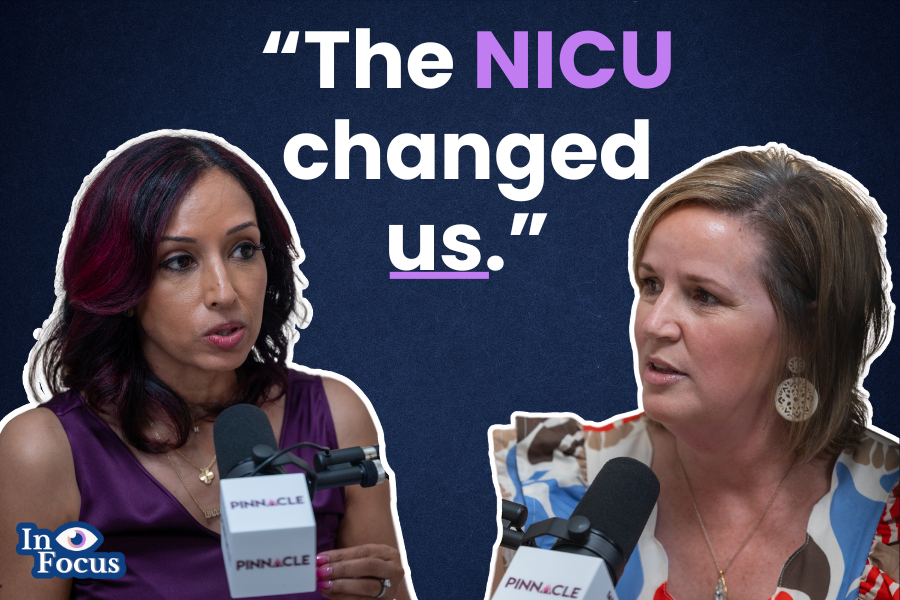





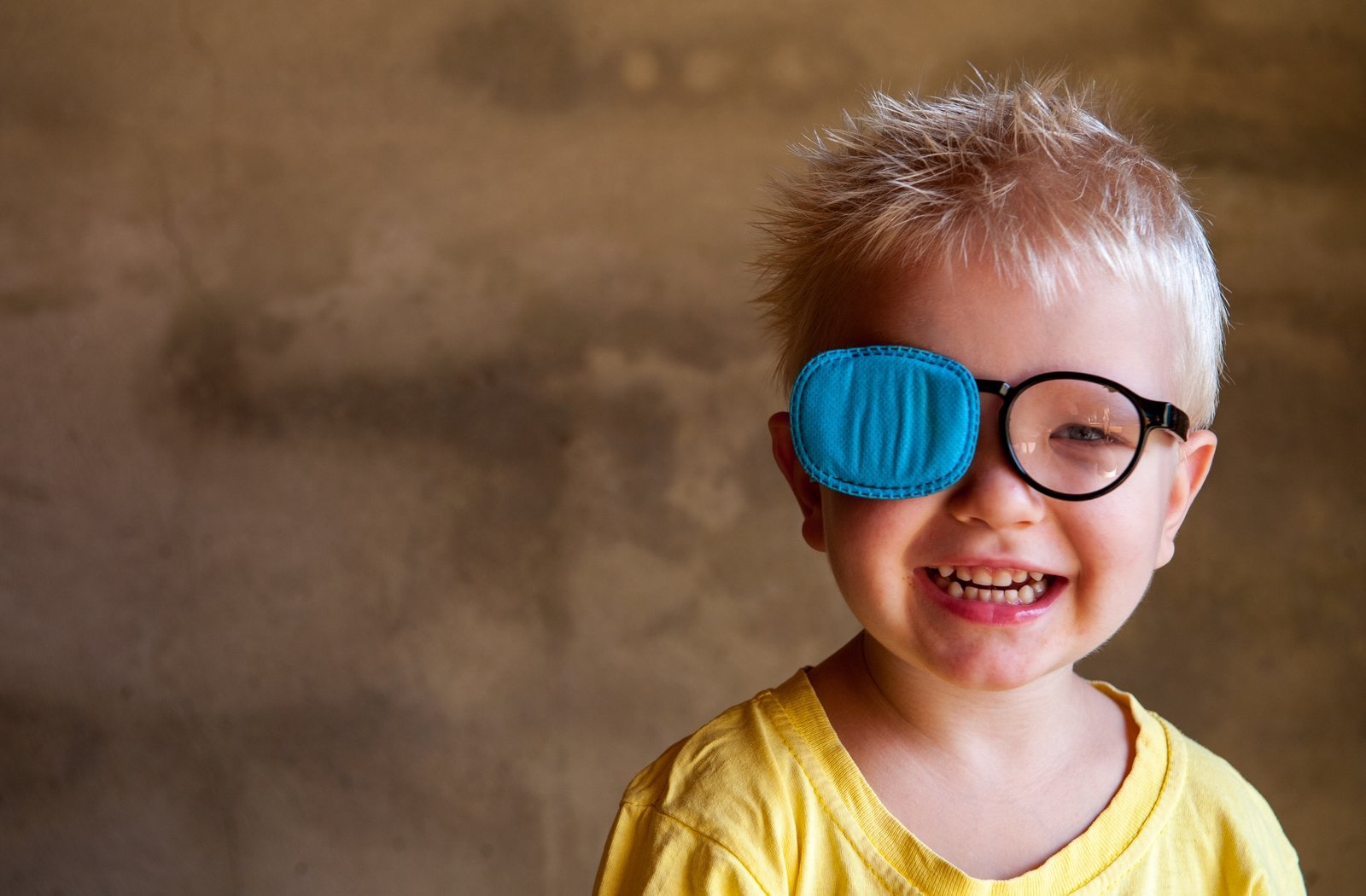
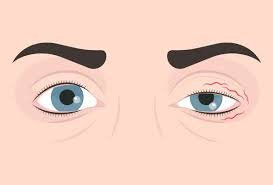
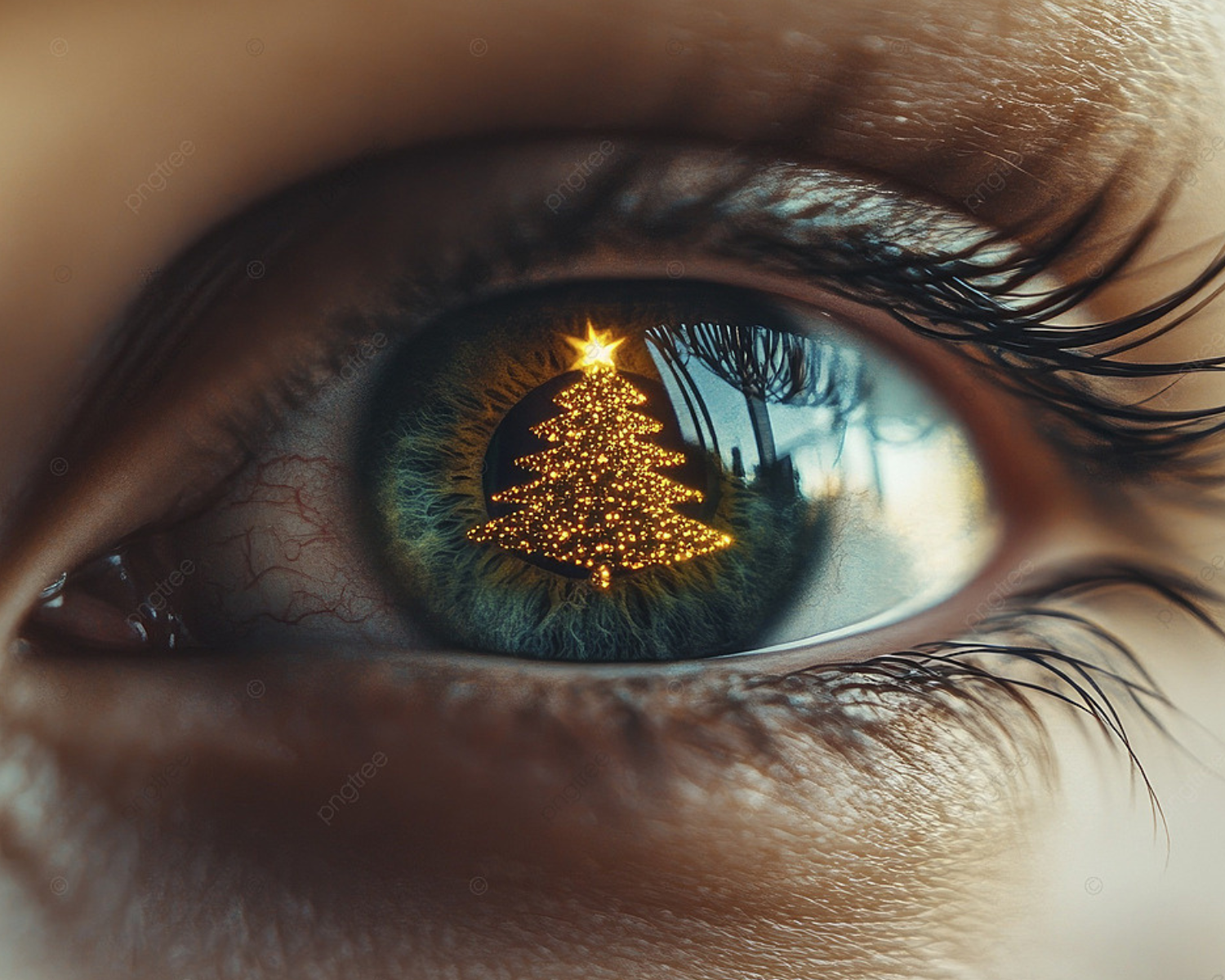






























A total solar eclipse is pretty amazing. But make sure you’re protected.